“The Apple Tree” is a long short story by British author Daphne du Maurier, better known for “The Birds” and Rebecca. But who doesn’t like a Christmas ghost story? There’s not much ‘Christmassy’ about it if, by Christmassy, you think family, fun and celebration of Christ. Nope, this is a revenge tale. This is “Rip Van Winkle” for people who wish Rip Van Winkle karked it instead of his long-suffering wife. (In case you missed it, I cannot stand “Rip Van Winkle.”)
Before Hitchcock adapted “The Birds” for film, the collection was named after this story. (These days the collection is published as The Birds and Other Stories.)
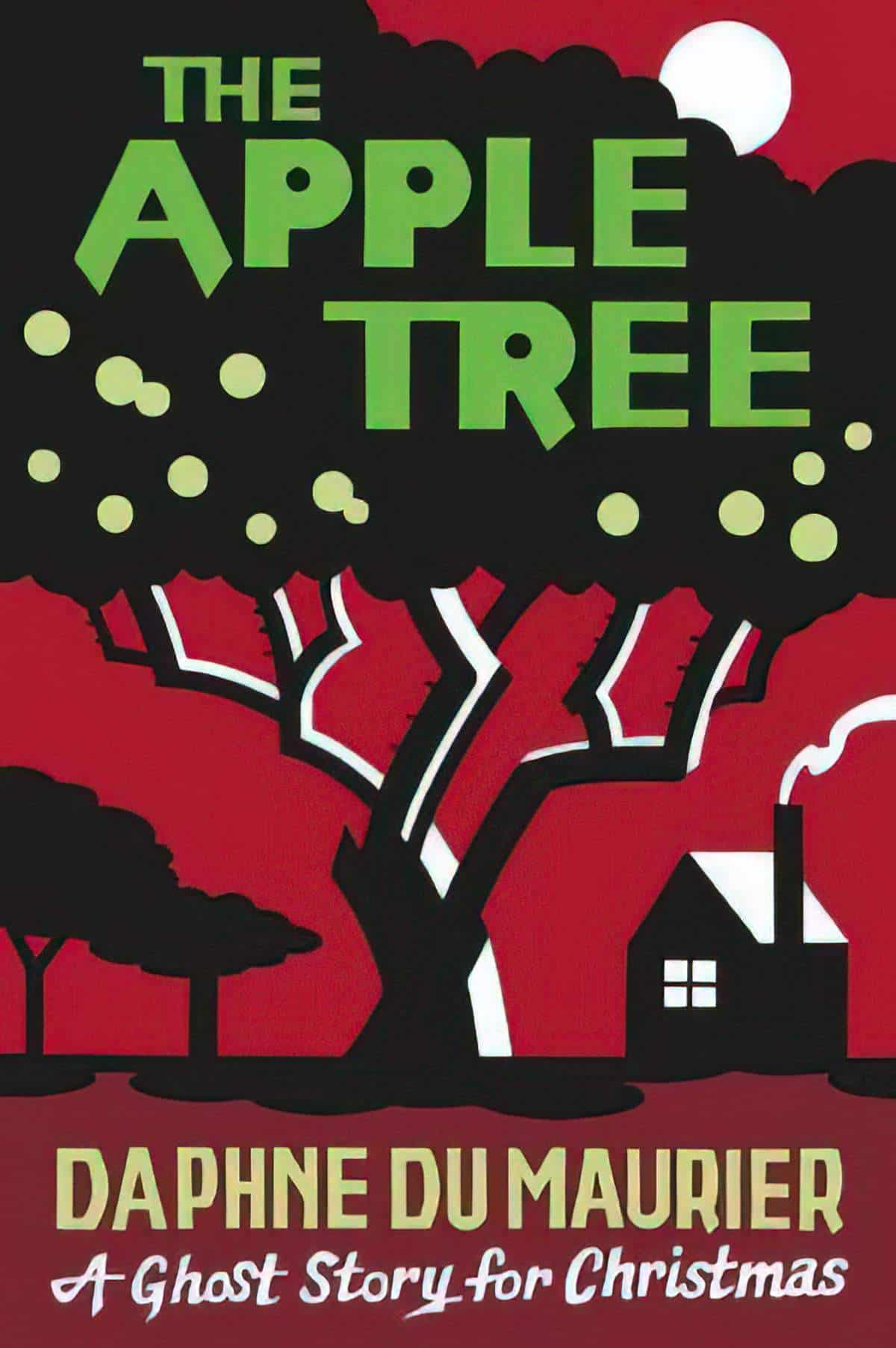
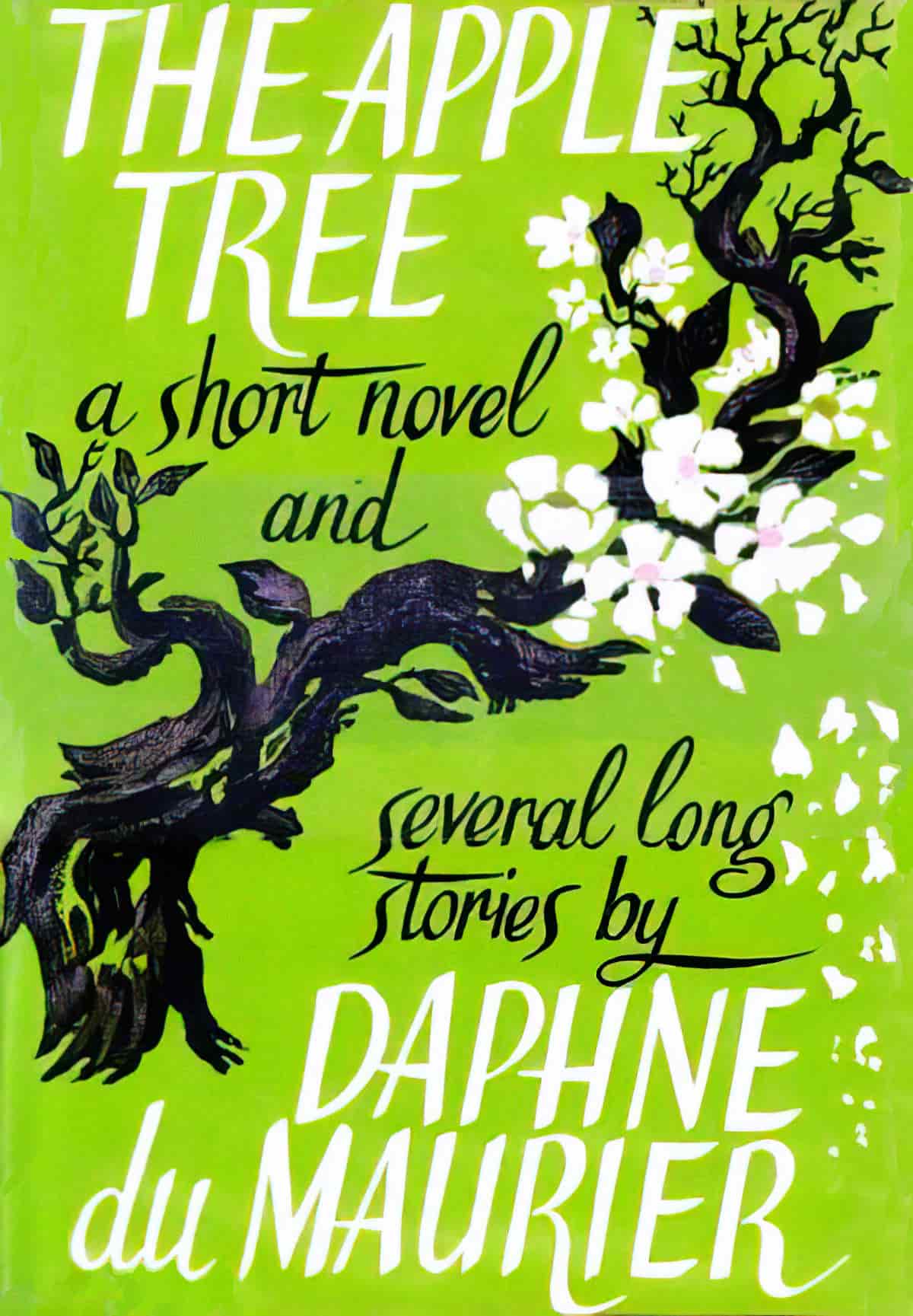
WHAT HAPPENS IN “THE APPLE TREE”?
SETTING
The story opens at the tail end of winter. While shaving, an unnamed widower looks out at a stooped apple tree in his yard and remembers his wife, Midge, who died just three months earlier. I’ll call the man Buzz because that’s what his wife called him when they were newlyweds. However, Daphne du Maurier turns him into an Every Man archetype of his class by not giving us his real name.
Now retired, Buzz once worked in The City. (I’m guessing this large house and grounds could be somewhere like Sussex?) White man, inherited wealth, jobs for the boys, high salary… I have the archetype.
THE SUPERNATURAL APPLE TREES
When Buzz looks out his bathroom window and sees the apple tree, bent and thin and bare, Buzz thinks of Midge. It’s like the tree is made of her somehow. Part tree, part Midge. Although she died only three months back, he’s glad to see the back of her. Such a damn whinger, Midge.
The word ‘stooped’ is doing a lot of work. This adjective describes the tree and also describes midge. From that, I’ve fleshed out the dead wife as a wearer of fawn cardigans, long woollen skirts and lace-up flats. Midge always martyred herself, apparently, sighing and stropping about the manor, insinuating that Buzz wasn’t pulling his weight.
HAPPY LIFE AS A WIDOWER
Buzz doesn’t miss his wife. He’s got a ‘daily woman’ who does the housework and cooking. He’s also got a man to do the yard work. Buzz is free to smoke and read in his study, removed from the demands of the world like Mr Bennet of Pride and Prejudice. His wife was but an irritation. Good riddance, really.
MIDGE COMES BACK TO HAUNT HIM
Except Midge may be haunting him. She’s turned into that horrible, dead apple tree, which looks like her. Both are thin. I mean, what else do you need, really?
In a gardening happening bordering on the supernatural, the ‘dead’ tree springs back to life. This freaks Buzz out. The gardener is far happier than he is. Buzz would chop the thing down. He much prefers the young, pretty apple tree growing beneath Midge. That tree reminds him of the young pretty woman who worked the neighbouring farm during the war. He kissed her once. That’s all he did, swear to god. Oh, and also placed a hand on her back. Just once. Midge saw that. Never forgave him for it.
THE ANNOYING SERVANTS
Anyway, these pesky servants of his keep annoying the hell out of him. They chop a fallen branch from Midge The Apple Tree into firewood. This creates such a stench in the house that Buzz thinks the lingering aroma might choke him in his sleep.
After a lengthy holiday abroad, he is able to forget the apple tree. He unwittingly bites into one of the apples the daily woman has left out for his dessert. (His meals are an interesting insight into an earlier era: A chop followed by sardines on toast, finished off with a nice crisp apple.) Except the apples aren’t crisp and juicy. They’re absolutely foul. He cannot get the taste of Midge out of his mouth!
ALONE AT LAST
He sacks his home help. I mean, they’re helpful and all but he can fend for himself. He spends more time down at the local pub, where the landlady provides the emotional support — a dangerous dynamic to fall into if you’re prone to alcohol dependency. One day he overhears her complain about the price of gas. He volunteers to provide her with wood.
DESTRUCTION OF THE APPLE TREE
In a half-drunken frenzy he chops the Midge-Apple Tree into kindling and transports it to the bar, where he now feels like one of the men. Previously, he was set apart as the ‘gentleman’ from the manor. According to him, he’s accepted now! No longer lonely.
Except he’s clearly too drunk to drive to the conditions and, on the short drive back to his cold, dark house, he manages to drive the vehicle into the side of the road where the snow has settled deep. He gets stuck.
REVENGE OF THE APPLE TREE
No matter. He walks the rest of the way back to his house. But in the yard, he trips on something beneath the snow. Nope, ‘trips’ is an understatement. He’s left some of Midge’s branches there, and now they’ve got him trapped. There’s no way he can free himself. He’ll be stuck here in snow all night — longer — until someone appears to set him free. That’s if he makes it. Hypothermia will likely get him before the morning comes.
He knows he’s done for and starts crying. He is sinking into snow. (The mid-twentieth century was replete with horrific stories of sinking into things and suffocating, though it wasn’t usually snow. It was more often sinking sand.)
NARRATION IN “THE APPLE TREE”
Narrative point of view is crucial here. This is not a first person account, but close third person, following the interiority of Buzz. At this point in the story, everything we see of Midge is via the lens of her long-suffering husband.
SETUP OF THE NAGGING WIFE NARRATIVE
Like “Rip Van Winkle”, this is basically a nagging wife story. Unlike “Rip Van Winkle”, written several centuries earlier than this one, and by a man, not a genderqueer woman, Daphne du Maurier sets up the Nagging Wife Plot in order to subvert it.
At first we hear only how unreasonable Midge was, bustling about busily, imposing her wholly unnecessary work tasks on Buzz when all the poor man wanted was a bit of piece of quiet in his man cave. Geez, can’t a man even stand in his own yard soaking in the sun without his wife asking what he is up to?
Du Maurier’s narrator portrays Midge as an annoying character, concerning herself with unimportant matters which don’t need doing. And on the page, how can readers argue with this? After all, her insistence on martyrdom contributed to her cause of death. (A story for the times: Likewise, when you catch the flu or covid, don’t overdo it.)
Midge is a comedic archetype. We’re encouraged to laugh at Midge as the culture laughs at the frivolity of Women’s Business. I did snort at the part where she’s lowered into her grave and Buzz imagines she hears her last words, “Oh well.” A brilliant ruse, since this line does triple duty:
- It’s funny
- We see how, in the mind of Buzz, she’s not really dead
- She tricks us into thinking she’s dead but this is her fate. She’ll just lie here quietly now, dead underground.
THE CULTURALLY ENFORCED DISMISSAL OF WIVES AND WOMEN
Of course, this is how many men are taught to regard women: Dismissively. It’s rife throughout cishet culture. Half-joking advice for men: “Just say yes. Just do what the wife says. Happy wife, happy life. Sorry love, wasn’t listening as usual. Men don’t listen, you know. Women are always moving the furniture round, dusting and whatnot. Blokes don’t notice the dust! If only women would just calm down. Can’t live with em, can’t live without em. In one ear, out the other. Water off a duck’s back. That’s the only way to get on…”
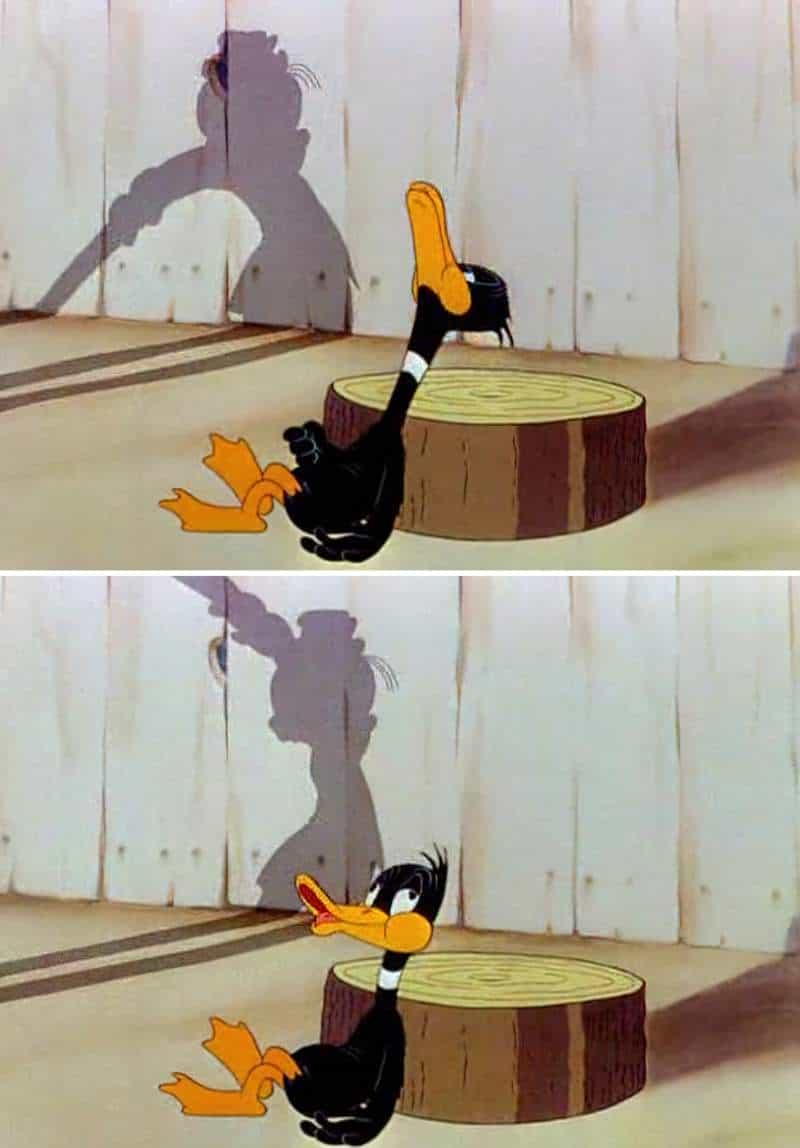
Men’s work: Important. Women’s work: Frivolous. This disparity in value is baked into the system of gendered hierarchy. Whenever women join a workforce in large numbers (e.g. university teaching) or leave it in large numbers (early programming), pay goes up, reflecting the deeply held view that men are worth more pay.
Much has been said about this since Daphne du Maurier was writing, though I’m sure she saw it. She lived through the war, saw women enter the workforce in large numbers and — as she was writing this — saw women kicked back out of the paid workforce and back into homes, where industrious women kept their own sanity by busying themselves with maintaining domestic order.
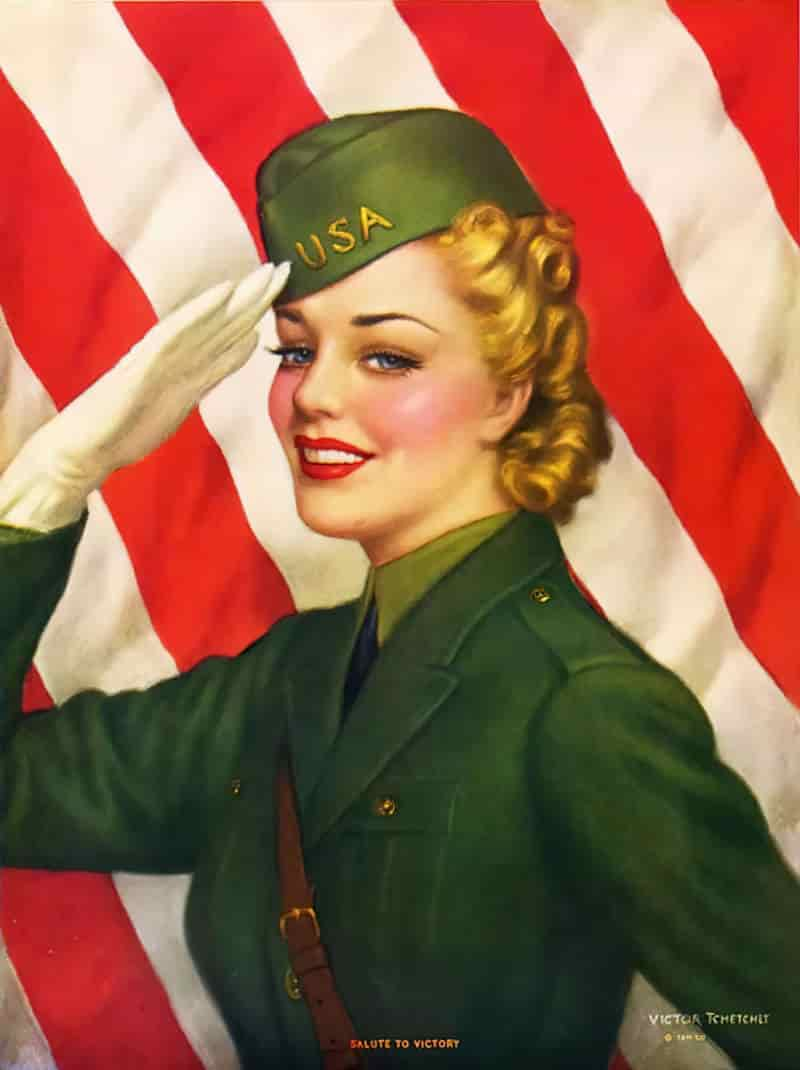
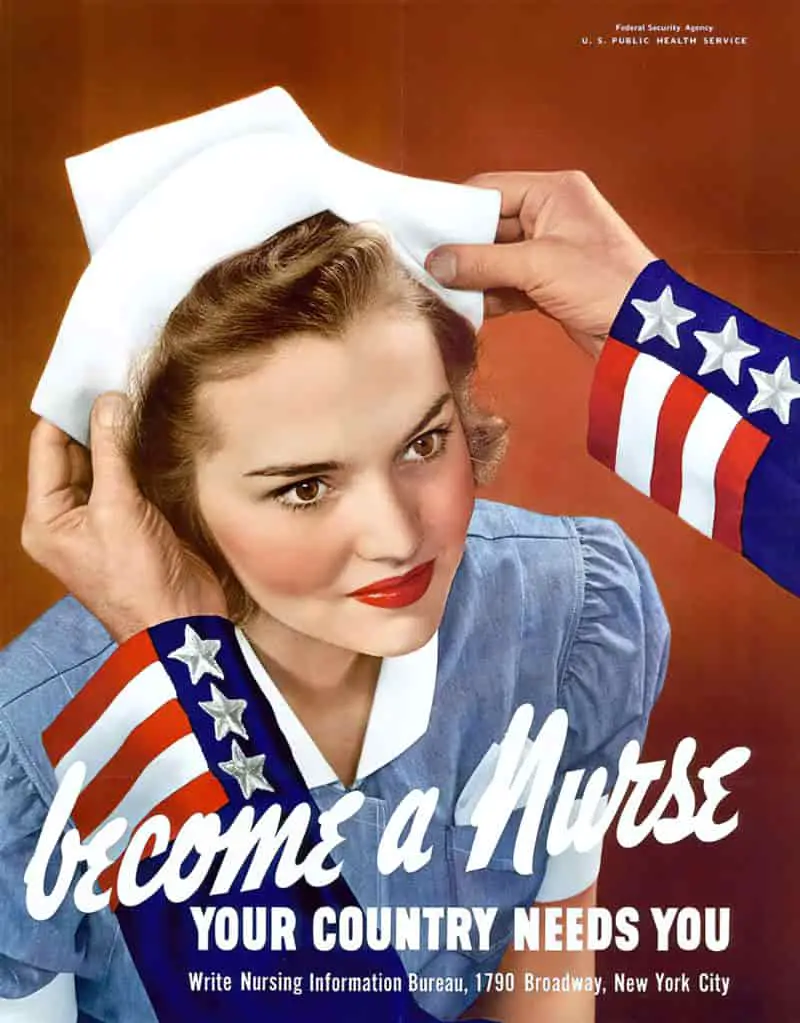
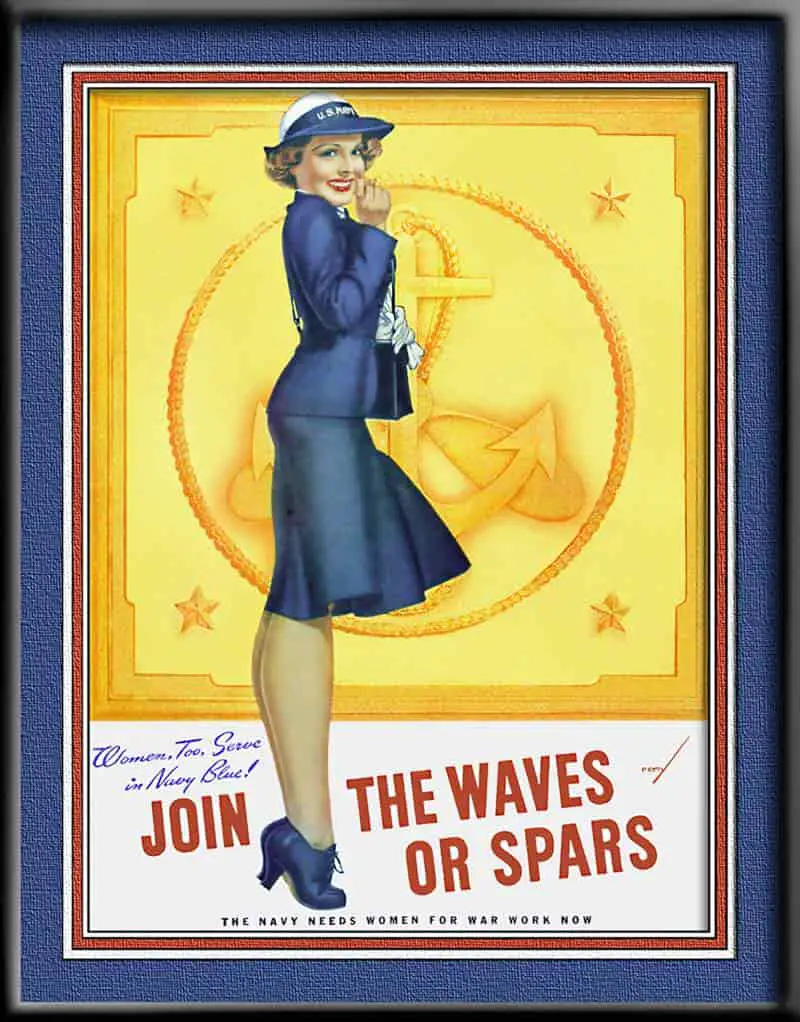
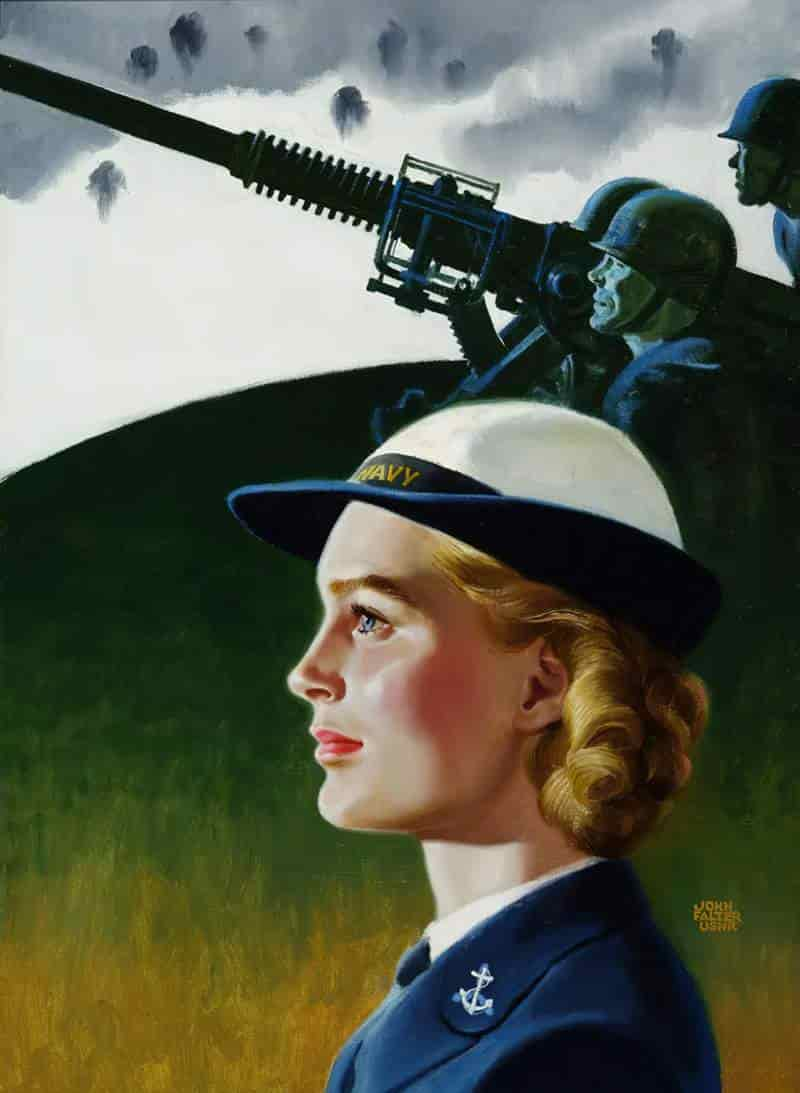
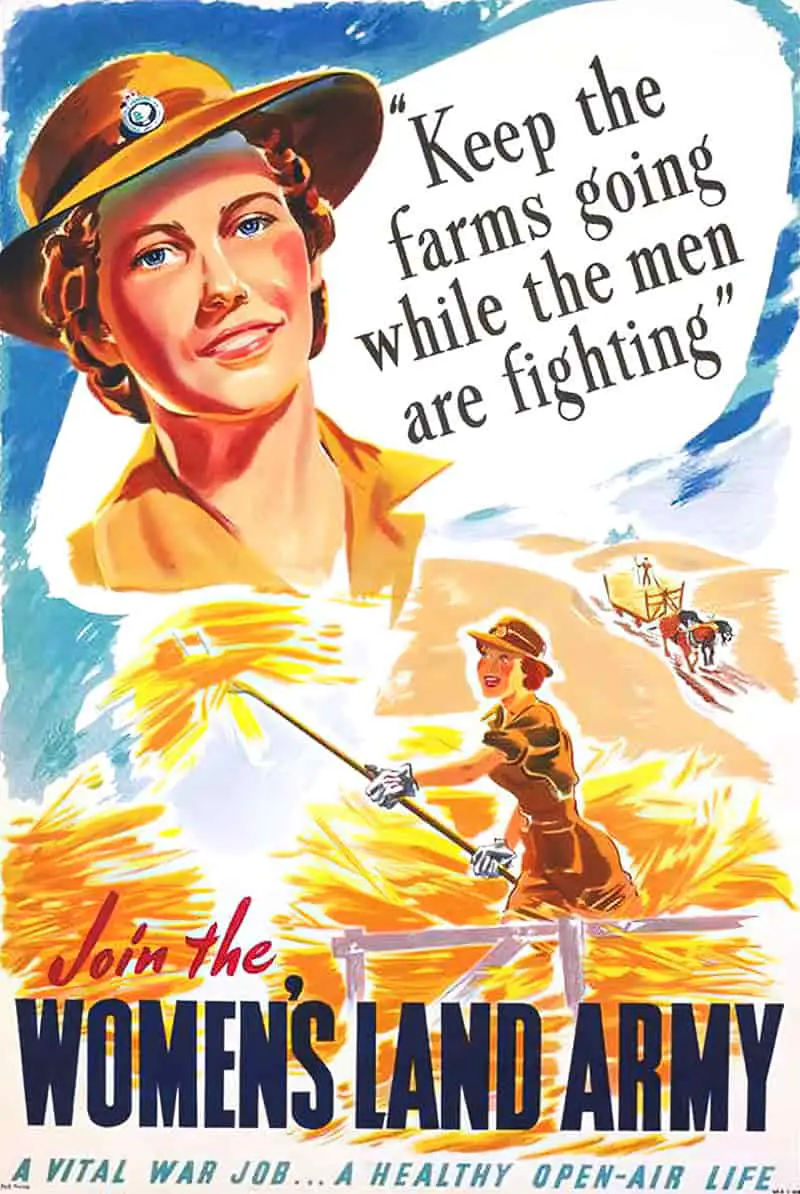
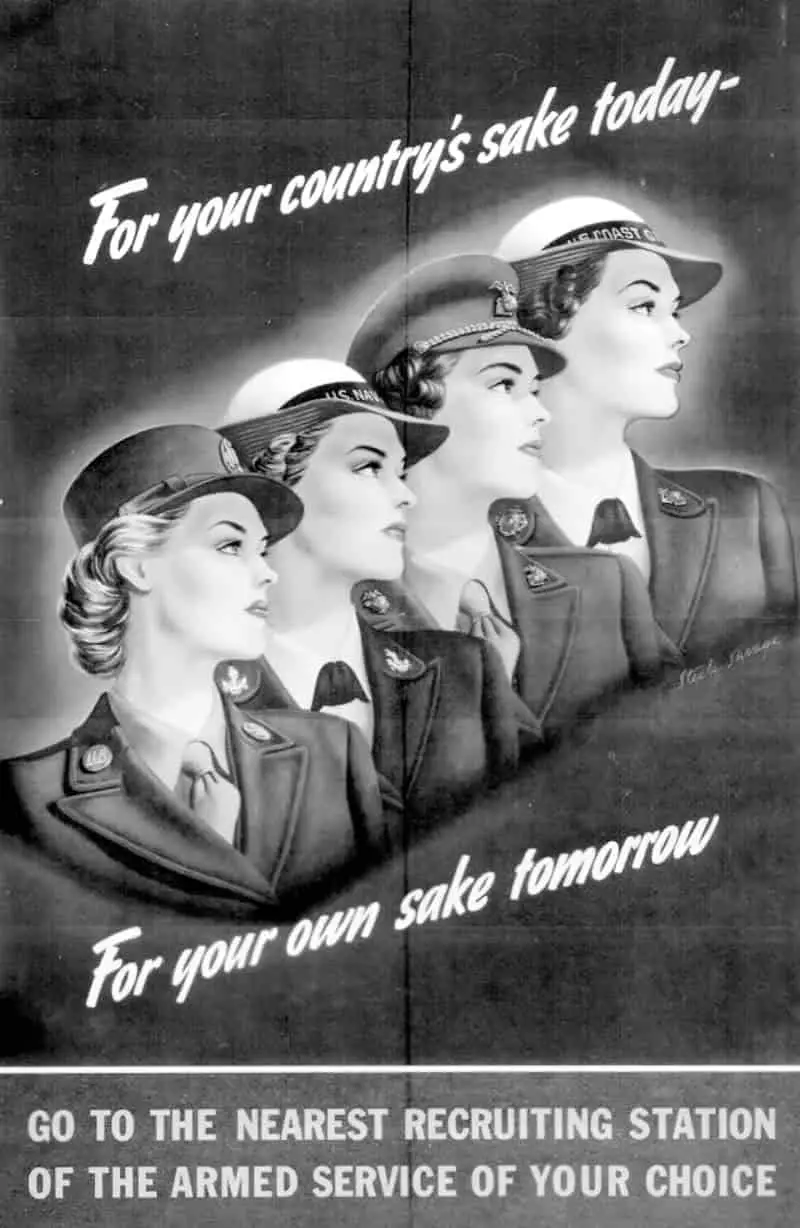
If you’re familiar with how misogyny and sexism work, the beginning of this story is actually painful to read.
But if writers want to critique something, they first have to show it.
Then what does du Maurier do?
We get a little more information. Ah, so he ‘kissed’ the young woman working on the neighbouring farm during wartime. I put ‘kissed’ in speech marks because I’m recalling my male flatmates from the mid-2000s both had a former wife and former girlfriend who broke up with them for ‘kissing’ other women. (‘Kiss’ did not mean ‘kiss’.)
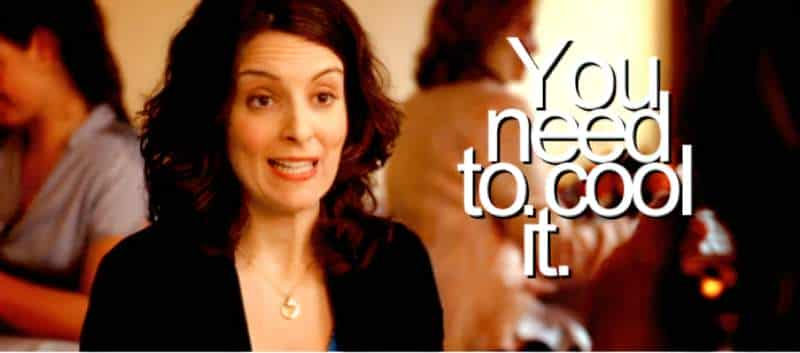
UNRELIABLE NARRATION
According to Buzz, all he did was a fleeting kiss on the cheek. Then Midge just so happened to appear at the exact moment he placed his hand — very briefly — on the young woman’s back. What a coincidence. So… is Midge always busying herself with the housework or isn’t she? Because if she’s busy with other things, inconsequential though they may be — what else has she missed?
I don’t buy the guy’s take. (By the by, we can never know how the young woman from the farm next door felt about being kissed by this much older married man when they’re working together to fix a tractor, or whatever she’s required to be doing for the war effort.)
Next, du Maurier shows readers how Midge wasn’t always a long-suffering martyr-type. She was once a young woman in love, hoping to please her inattentive husband. Typical of the milieu, this couple is not communicative. The nature of their relationship changed permanently on a few wordless moments: Midge seductively removing her coat after a party, then being rebuffed; Midge witnessing the husband who rebuffed her pay the attention she craves to another woman. Importantly, Daphne du Maurier is working backwards through time. With each little revelation, we are given information we need to see Midge’s side of the story, if we’re open to interpreting it.
EMPATHY FOR BUZZ
Did Buzz really do anything wrong? If we take him at his ‘word’ (actually a third person narrator’s word) and only gave the young, beautiful woman a fleeting kiss on the cheek, you could argue the guy is pretty darn good at monogamy, really. But it’s not what he did; it’s what he did not do, influenced by how he felt.
Du Maurier personifies the two apple tress as a way into Buzz’s head. He’s not great at reading his own emotions — like many men he’s basically alexithymic — required by a strict, patriarchal society to suppress how he really feels. So when he is disgusted by the ‘Midge Apple Tree’ but beguiled by the ‘Beautiful Younger Woman Apple Tree’, we know what Midge knew. He’s into much younger women. Even as he ages, his taste for young, pliable women never does.
Eventually Daphne du Maurier gives us the paragraph which removes all doubt about the nature of this husband: In an uncomfortable but recognisable moment of regret, he admires men who marry women of colour in the colonies. Why? Because they do what white men tell them. No complaints. (No choice.)
Notice how du Maurier has manipulated our empathy with her choice of narration and carefully curated information dished out exactly when reader empathy might swing either way. In the last third of the story, when Buzz fancies himself one of the working men of the village, inviting himself into conversation down at the local pub, we are filling in gaps for ourselves e.g. that he is drinking too much for his own good, that he is not as accepted by locals as he thinks he is, that his act of firewood generosity unsettles the landlady as much as it solves a heating problem.
“THE APPLE TREE” AND “RIP VAN WINKLE”
Daphne du Maurier has inverted this old American story in a way I find eminently satisfying.
Both stories start out with a woman who has too much to say for herself. If only she’d leave her long-suffering husband alone to drink in peace. Can’t a man even stand in the sun without being bothered by her frivolous concerns?
NAMES AND EMPATHY
In “Rip Van Winkle,” we know the drunken husband’s name but his wife is known only as The Dame. Here, we never know the husband’s name. Only his nickname, chosen by his wife. We do hear the wife’s name repeatedly: Midge. When writers choose who to name and who not to name, this tends to say something about power. Names confer individuality and afford humanity.
LAMPOONING GENDERED ARCHETYPES
The narration of “Rip Van Winkle” is a story-within-a-story-within-a-story. There are three diegetic levels. The narrator of the level one story has plenty of misogynistic things to say about women in general. In “The Apple Tree”, Daphne du Maurier is nowhere near as scathing as she could be about Retired English White Men Who Worked In The City, but she didn’t need to be. Both authors are working with a gendered archetype, lampooning it. The difference is: “Rip Van Winkle” lampoons a demographic without power (wives) whereas Daphne du Maurier critiques the demographic holding pretty much all the power (white men who wield a working lifetime of influence in The City).
INVERTING DEATH
In “Rip Van Winkle”, Rip returns to civilisation and has women (namely his daughter) fall over themselves to look after the old guy, who spends his life in the lap of luxury. Old age suits him because women are his lackies. Dame Van Winkle died while he slept through the war. He’s glad to be rid of her. In “The Apple Tree,” Buzz is also glad to be rid of his wife. But the wife doesn’t really die. She’s alive in the world all around them — more alive than before.
“THE APPLE TREE” AS FEMINIST REVENGE STORY
Best of all, Daphne du Maurier exacts the ultimate revenge. Instead of falling into a beautiful, fortuitously timed alcoholic stupor for twenty years, thereby missing the war like Rip, Buzz lived through the war (in his own cosseted way, we can deduce). Like Rip, Buzz also gets drunk, but his ‘sleep’ is death. If we read “The Apple Tree” as a supernatural story and not the story of a man slipping into alcohol-fuelled psychosis, he was killed by his wife.
It doesn’t matter whether Midge ‘really’ killed him. It’s enough that he thinks she did.
Although “The Apple Tree” was marketed as a Christmas ghost story, readers have been cunningly tricked into reading a feminist revenge tale. Du Maurier pushes back against the “Rip Van Winkle” corpus of literature, in which annoying ageing wives are shunned and then silenced. These stories are not just stories, of course. Living through the 20th century, this was Daphne du Maurier’s reality.
